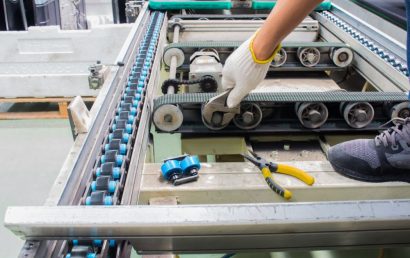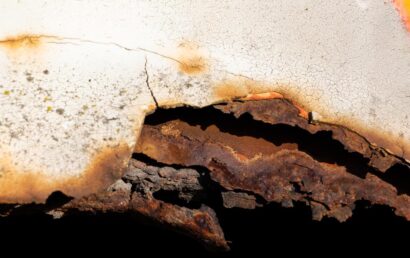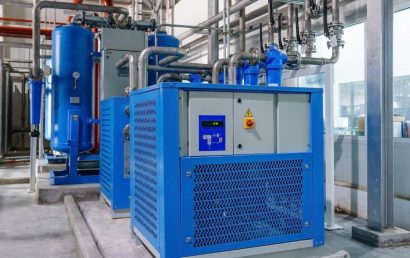Understanding Industrial Fans And Blowers
When referring to industrial fans and blowers, it is essential that one have a detailed understanding of what blowers are, what kinds of blowers there are, and how blowers work. We can discuss blowers here in very general terms, but to fully understand them, a detailed study is advised. First of all, let’s take a look at what they are.
What Is a Blower or Industrial Fan?
When flow is required for conveying, ventilating, cooling, aspirating, exhausting, or otherwise, a blower is used. This electromechanical or mechanical device induces gas flow through process stacks, electronics chassis, ducting, and more. Specifications of blowers can entail the following: design, port, blower type, and intended application.
These can include parameters such as dimensions, electrical ratings, and flow capacity. The purpose of blowers is to increase engine airflow, induce boiler drafts, and cool electronic enclosures. A variety of designs makes up a blower’s configuration such as rotary lobe or centrifugal flow styles. Engines or motors typically drive blowers.
People (and even some companies) frequently refer to industrial fans as blowers and vice versa. Specifically, however, ASME defines blowers as having a discharge ratio pressure over pressure of suction between 1.11 and 1.2. The definition of a fan, alternately, constitutes anything under this ratio. And for the record, compressors have everything above that ratio.
Types of Industrial Fans and Blowers
Let’s take a look at two different types of blowers:
- Positive Displacement Blowers – If you are familiar with positive displacement pumps, these are much on the same principle. To increase velocity or pressure, they squeeze fluid mechanically. They are commonly utilized in various types of petrochemical industries to move gasses. They are also used for gas boosting, filter flushing, sewage aeration, and in pneumatic conveying. In cases where higher pressures are required, this is a popular choice by designers over the centrifugal blower.
- Centrifugal Blowers – Different from positive displacement blowers these impart pressure and velocity to media through impellers used to fling them outward. These blowers are typically used for dust control, with air conveyor systems, for fluid bed aerators, on drying and cooling systems, and combustion air supplies.
The Attributes of a Blower
- Features – these involve options that can be used to alter airflow. Examples: dampers, louvers, diffusers, and possibly variable speed motors.
- Port Design – this refers to outlet and inlet ports application of rectangular, round, flange, and duct. It is where duct work piping and blowers attach to each other.
- Maximum Operating Pressure – an important factor in the selection of a blower, these are rated by the manufacturers in “inches of water column”.
- Flow Capacity – along with maximum operating pressure, this is equally important in blower selection and is rated in “cubic feet per minute”.
- Blades – with centrifugal blowers, the orientation of the blades is referred to as forward curved and backward inclined. Backward inclined blades move smaller quantities of air than forward curving blades and at pressures that are lower. Higher efficiencies are experienced with backward inclined blades. Having no forward or backward inclinations, and also used in centrifugal units, are radial blades. They are frequently used with dirty media due to their self-cleaning capabilities. The final blade found in some centrifugal blowers are airfoil blades.
- Blower Type – in addition to the two blower types discussed above, a further refining of blower models would result in types like roots, rotary vane, picking rotary lobe, etc.
Terms of the Trade
Here are a few terms and a brief explanation. You may run into these when dealing with blowers of various types:
- Vibration Dampening Mounts – the purpose of these mechanical devices is for isolating machinery that vibrates from their foundations of support.
- Air Flow Dampers – the use of these mechanical devices sometimes described as valve-like is to regulate or control air current in ductwork or other closed air flow systems.
- Compressors (gas or air) – these are mechanical assemblies which use pistons or other mechanical means to pressurize gas or air.
- Fans – can be contained within blowers, and are devices categorized as electromechanical or mechanical whose purpose is to create the flow of air.
If your company wants to protect your industrial fans and blowers, talk to us at A&A Coatings. We can recommend the best coating materials to extend the lifespan and improve the functionality of your industrial fans and blowers.



